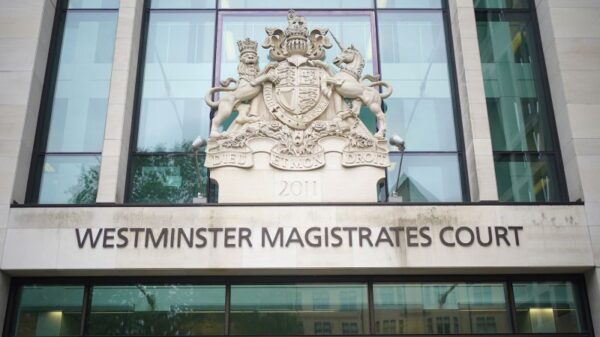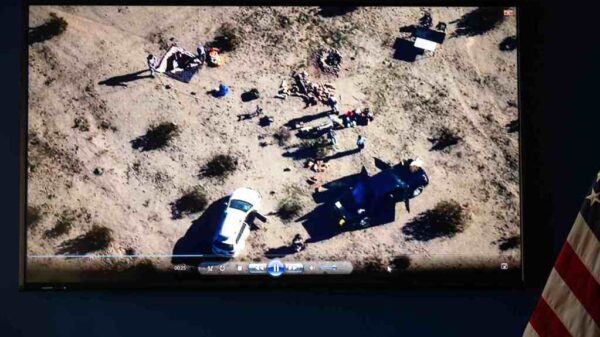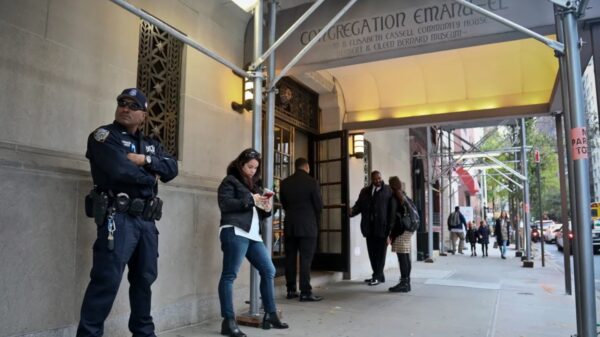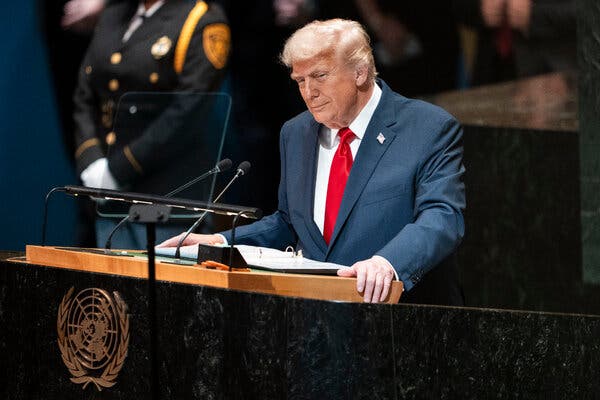UPDATE: The U.S. government has deported a planeload of approximately 100 Iranians back to Iran, a significant move amid ongoing tensions between Washington and Tehran. This deportation, executed via a U.S.-chartered flight that departed from Louisiana on Monday night, is scheduled to arrive in Iran via Qatar on Tuesday.
This action represents one of the most aggressive deportation strategies under the Trump administration, prioritizing the removal of migrants despite known human rights abuses awaiting them in Iran. The identities and specific situations of the deported individuals remain largely undisclosed; however, it is confirmed that many had sought asylum in the U.S. after fleeing persecution based on their political and religious beliefs.
Sources from both the Iranian government and U.S. officials, who spoke on condition of anonymity, revealed that the deportation was the result of months of negotiations between the two countries. One Iranian official indicated that the Iranian Foreign Ministry was involved in coordinating the return of these individuals, promising them safety upon arrival. Yet, reports suggest many deportees are feeling apprehensive about their return, given the current climate of political and economic instability in Iran.
The deportees include men and women, with some couples among them. Many had been held in detention centers for extended periods, with asylum requests either denied or still pending a hearing. This recent move is part of a broader trend of increasing deportations, which reached a peak earlier this year when the U.S. sent back over two dozen Iranians, marking the highest number in several years.
The timing of this deportation coincides with renewed sanctions imposed by the United Nations Security Council, adding to Iran’s already dire economic situation characterized by soaring inflation, unemployment, and severe shortages of basic necessities. These sanctions, effective as of this past Saturday, are expected to exacerbate the crisis, raising concerns about the safety and well-being of those returned.
This developing story highlights the urgent intersection of international diplomacy, human rights, and immigration issues. As the situation evolves, it is crucial to watch for further updates on the implications for both deportees and the broader U.S.-Iran relations.
For those following immigration and human rights developments, this deportation serves as a stark reminder of the challenges faced by migrants seeking refuge from oppressive regimes. The emotional toll on deportees and the potential ramifications of returning to a country fraught with unrest are significant and warrant ongoing attention.
Stay tuned for more updates as this story continues to unfold.







































































